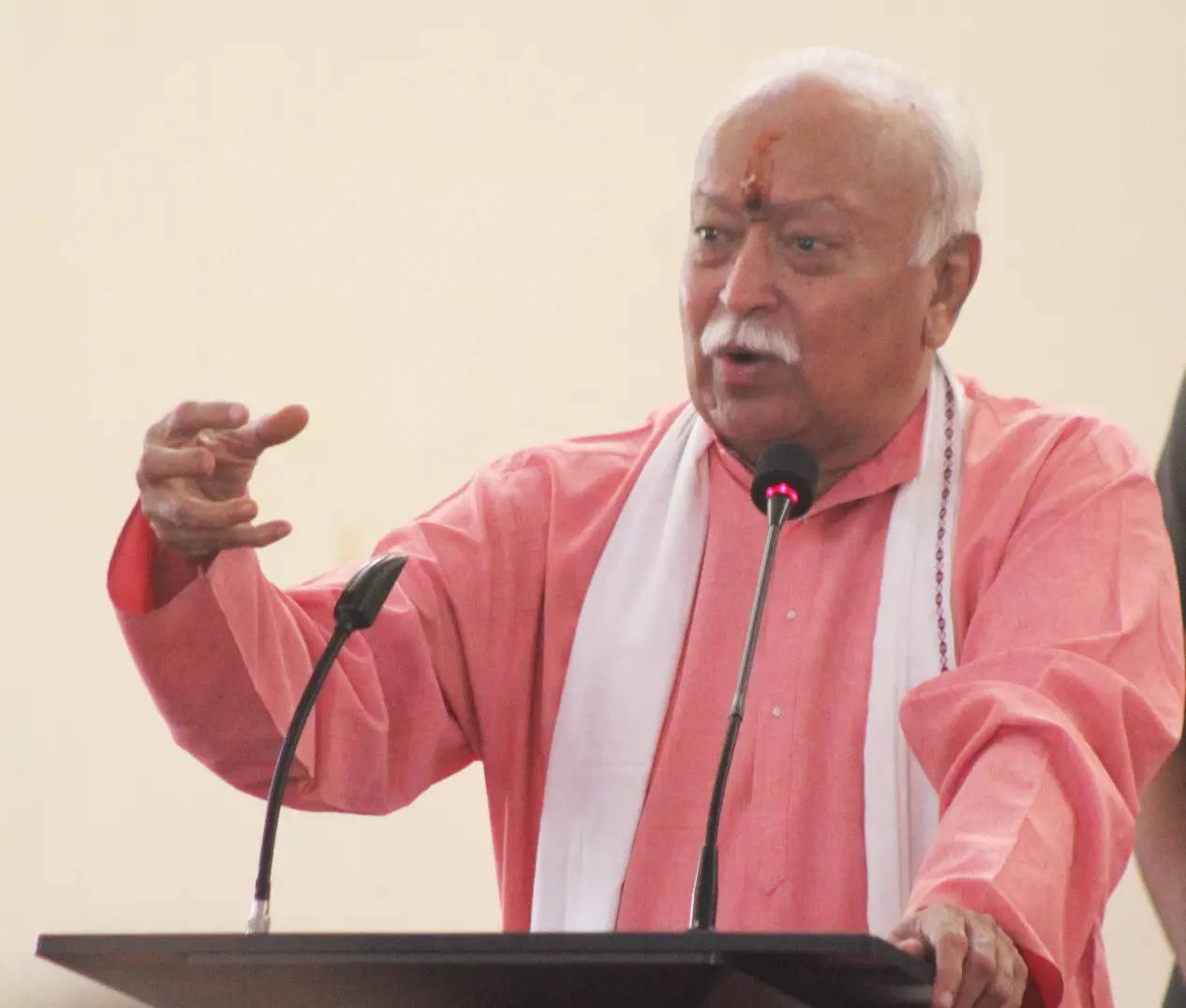“Knowledge of languages gives you more of everything.”
–Laura Esther Wolfson, Words Without Borders’ “Translator Relay”
*
Let’s get this part out in front: Yes, translated works are devastatingly underrepresented in the English-language literary and publishing ecosystems, especially works from non-Western and diasporic and Indigenous languages, especially works authored by women and nonbinary writers. I’m not necessarily here to suggest that you—writer, Literary Hub reader, person who clicked—should do something about this personally.
(I mean, you should: specifically you should buy books in translation, especially from independent publishers, especially from living authors and translators. You should show up & invite your friends to free reading series like Jill!, where translators around the world read from their current projects.
You should check out Words Without Borders, an outstanding publication of international literature with a trove of essays by and conversations among translators. You should ask your local bookseller or librarian what sort of table display they’re planning for Women in Translation Month (August) and National Translation Month (September). You should do those things, full stop, and thanks in advance.)
But what I’m really here to argue for is you, yourself, translating. Not “Becoming a Translator™” necessarily, but literally, simply: picking up a text in a language other than your home language, one with which you do (or do not!) have familiarity, and starting the invigorating, maddening, mind-bending process of figuring out how to remake that text while replacing every single word.
It’s fun, I promise. And it’s how I got my start.
*
Over the course of seven years and two books, I’ve been translating the work of award-winning Quebecoise and Ilnu Nation poet Marie-Andrée Gill, an elder millennial like me, whose work braids ecofeminist and decolonial critique, 90s-kid pop-culture references, and Quebecois profanities (sacres) evolved from the Catholic tradition. Gill, when I first encountered her work, had already gained wide popularity among francophone readers for her distinct style and untitled micropoems. She had already been called “an icon in contemporary Quebec Indigenous poetry.”
But I didn’t know any of that when I first picked up her book, Frayer, from the poetry shelf of a small, secondhand, Montreal bookshop. Paging through the book, I first took note of the shape her work made on the page: tiny poems of 3-9 lines each—the confidence, almost audacity, of it!
What I’m really here to argue for is you, yourself, translating.Opening to a page at random, I read this line: lécher la surface de l’eau avec la langue que je ne parle pas (“to lick the skin of the water with a tongue I don’t speak”). Very appropriately, it’s a line about having an intimate connection through an unfamiliar medium, a perfect encapsulation of the act of translation. I bought the book.
For a while, translating Gill’s poetry was simply a private exercise in close reading, close listening, witnessing an exchange between languages. As a poet, I immediately connected with her succinct, minimalist style—a quality we share—and her irreverent sense of humor—a quality I like to think we share. But I didn’t have aspirations to translate professionally; I didn’t plan to inquire after rights or permissions.
At the time, I was attending a writing residency for poetry, deep-diving into the constraints-based writing practices of Raymond Queneau and Oulipo, that mid-20th-century “workshop of potential literature,” whose members produced a generation of ambitious, playful, weird, enduring works, including Italo Calvino’s Invisible Cities and Georges Perec’s A Void—works which, I might add, if you’ve read them, you’ve probably read them in translation.
Each morning of my residency, in my tiny, wood-paneled studio on the grounds of a Kentucky nature preserve, I translated one of Gill’s small poems to wake up the writing parts of my brain. After all, I rationalized, what practice is more constraints-based than translation?
But before long, I found myself spending entire days with Gill’s book, immersed in the pleasure of her humor and subversiveness, the urgency and importance of her decolonial project, the challenge of rendering into English the tension of her style choices—her simultaneously vivid and minimalist poems, her reversals of convention, her project of disruption. I started messaging friends impulsively with fragments of translations—Look at this! Listen to this!—which should have been my first clue to pay attention: something new was happening.
Still a couple of years out from my first formal translation workshop—a game-changing week at the Kenyon Review Writers Workshop with Kate Hedeen, Elizabeth Lowe, and a bunch of kind, generous translators, now dear friends—I cast about for whatever tools I could imagine Real Literary Translators might use for this work. I felt, hilariously, like I was inventing translation.
While I initially tried to develop a sort of prioritizing rubric for translating Gill’s poems (should image or idiom take precedence? music or sequencing?), it quickly became clear that each small poem came with its own set of priorities. In the end, what I developed was my own listening.
*
“Listening like a translator” is where I begin if you invite me to speak to your class or festival or writers group. My little craft workshop, “Mistranslation for Non Translators,” invites poets to try out some of the tools used by literary translators in order to generate new poems, to reverse the effects of habituation in their practice, to break out of those well-worn patterns of thinking, writing, getting started.
In an exercise adapted from—and with thanks to—my friend and former grad-school professor, Derek Mong, a poet and co-translator with his partner Anne O. Fisher, I hold up a classroom chair at shoulder height: “Everyone close your eyes and listen closely. I’m going to drop this chair on the floor.” Together we invent new words for the sound the chair makes clattering to the floor, which—depending on the presence of carpet, hardwood, or concrete, and depending on the material and heft of the chair, especially if it’s one of those chair/desk combos—ranges from “katungabow” to “cutherdon” to “dadanella.”
In the end, what I developed was my own listening.One thing remains constant across workshops: every single invented word is unique. Everyone hears a different resonance, a different consonance, a different syllable count. It happens the same way each time, like a miracle. Despite experiencing the same phenomenon in real time together, no two poets have ever translated the sound exactly the same.
We’ll use these invented words to create word webs and the word webs to create poems, further widening the gulfs between each poet’s unique point of origin. But the most important thing has already happened; everyone in the room can sense it. By now everyone is smiling and disarmed and well outside their comfort zone. Which is the whole point—and the thing that’s most like translating of all.
*
Four years stand between those nature-preserve mornings, first translating Gill’s poems for the pure joy of it, and the publication of her book, Spawn, in my English translation. They were years of intense listening, studying, workshopping, dismantling, listening again.
Now, three years still further down the road, as Gill’s newest book, Heating the Outdoors, makes its way into the world in English for the first time, I’m filled with that same old impulse to relentlessly message everyone I know: Look at this! Listen to this! Just like I knew it seven years ago, I know Gill will be an important poet to many readers for many reasons, that she’ll find a place in some young poet’s major arcana, as she has for me. For me it’s that her work made me a translator—that is, a person more closely attuned to the possibilities of language. In a way, for me, it makes her the poet.
Still feels hubristic to say I “Became a Translator™” and I’m not suggesting you should do it. Or maybe I am—maybe you should. Maybe you’ll find you love it more than just about anything else you could spend your time doing.
Maybe it will change your entire relationship with two languages, with Language, with your notions of genesis, synthesis, co-creation. I mean, what were you planning to do this weekend, this evening, this next fifteen minutes, really? Why not?
______________________________

Heating the Outdoors by Marie-Andrée Gill (trans. Kristen Renee Miller) is available now from Bookhug.



